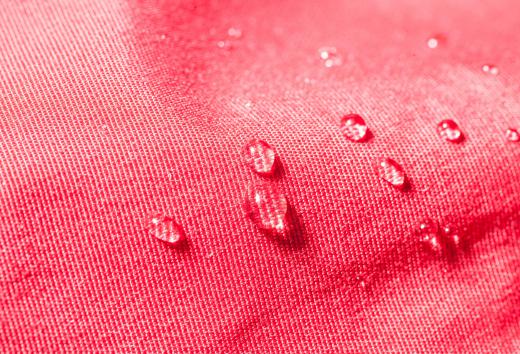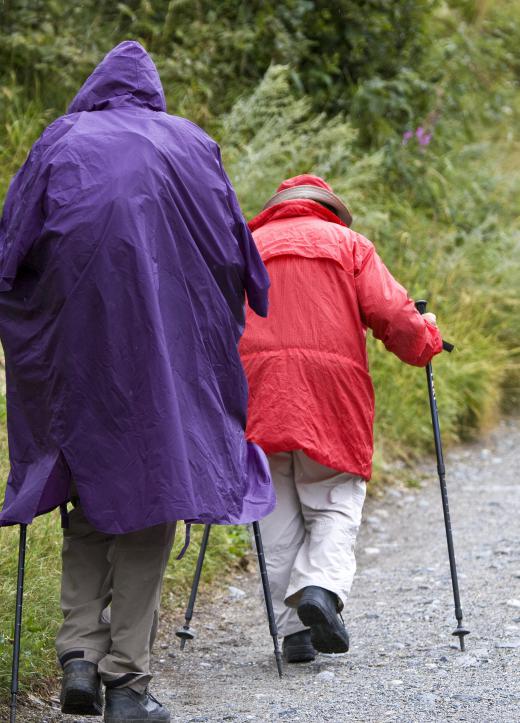What Is the Difference between Water-Resistant and Waterproof?
Water-resistant and waterproof refer to the amount of water that is prevented from entering or exiting an item. Despite having the same purpose, these terms are different and should not be used synonymously. The main difference between water-resistant and waterproof is that water-resistant products can withstand wet weather but cannot withstand being totally submerged in water; waterproof products can.
Levels of protection for which a product resists the entry of water can vary. Each water-resistant and waterproof product is given a level rating from the IP rating system, which rates the ingress protection of the product. This is an important factor for consumers to pay attention to when purchasing water-resistant and waterproof products, particularly an electronic, such as a watch. The ratings range from level 0, meaning that not even a drop of water should touch the item, to level 8, meaning that item could go to the bottom of a large body of water and still function correctly.

Due to investigations on the accuracy of marketing and labeling products, only a small percentage of products are now deemed waterproof. Many electronics receive a label of water-resistant, with a depth level rating. For example, a watch may have a label of water-resistant up to 100 feet (30 m); this means that the product can only be guaranteed waterproof for that depth range. Clothing and other such materials accepted as waterproof must have the fabric sealed or the seams taped to keep any water from leaking in through small openings made by sewing needles.

Water-resistant materials are made to keep water from entering when exposed to weather conditions such as rain and snow. Many raincoats, umbrellas, and boots are water-resistant, made of fabrics that have a coating that allows them to repel water. The purpose is to keep a person from getting wet while wearing or using the product for its intended function; beyond that, the product will not resist water. For instance, a water-resistant raincoat would not fare well in a flood.

Another term similar to water-resistant and waterproof is "water-repellent." Items with this label tend to be more durable than water-resistant items but less durable than waterproof items. If a product is water-repellent, water will bead up when touching it. These fabrics are tighter sewn or coated better than water-resistant fabrics, though the coating may wear down over time. Silicone spray may help recoat the fabric. Water-repellent sprays are available to treat a variety of products and some surfaces, such as wood.
AS FEATURED ON:
AS FEATURED ON:














Discussion Comments
@croydon - As long as you remember that it doesn't prevent water from getting into the tops of your shoes. It might even make it worse if water does get into your shoes, because it could prevent it from getting back out again.
Personally, I'd rather just get waterproof shoes in the first place, or shoes where it doesn't matter whether they are or not. Your feet on a hiking trip are your most precious possession and if you end up getting them wet at the wrong time you will develop blisters or worse.
@pastanaga - I would rather just buy a spray bottle of waterproof coating at my local shoe store and use that. I'm sure wax works OK for some fabrics, but I'd be worried about wrecking my shoes or my bag or whatever if they aren't made of the right kind.
I've bought and used that kind of spray before and it works for a long time, so it's not very expensive to buy a bottle. And it's kind of fun to put it on your shoes and then step into a puddle and watch the water being repelled.
There are recipes online which show you how to make your shoes and bags water-repellent but the easiest way is to just rub some bees-wax on them. It might not be as heavy-duty as some people might need for long distance hiking or fishing or something like that, but it will certainly do for the average person.
Post your comments